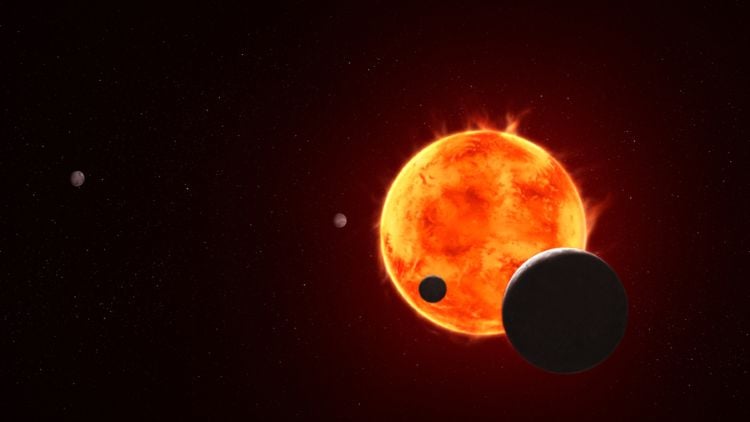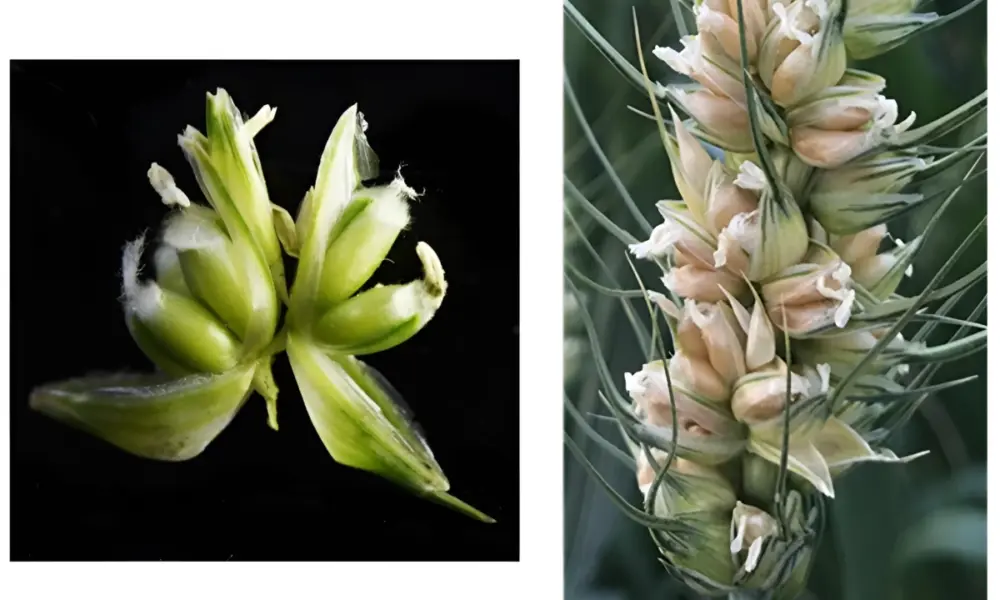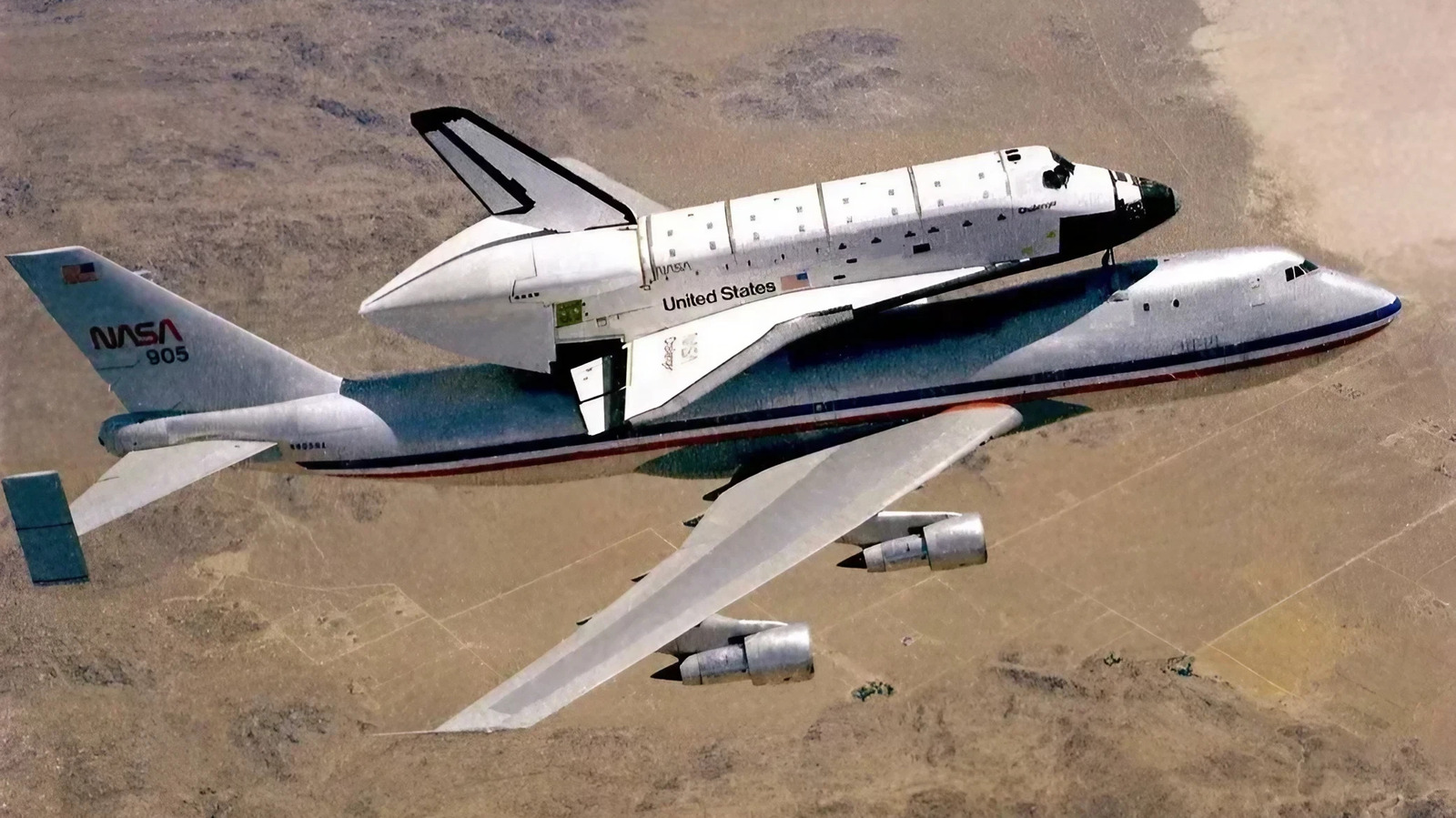A recent study investigates the potential for detecting life in the clouds of exoplanets by examining the biosignatures of airborne microbes. This research, conducted by a team of scientists, aims to develop new methods for identifying signs of life, whether familiar or entirely unknown, in exoplanetary atmospheres. The findings could significantly enhance our understanding of life beyond Earth.
The researchers focused on seven microbial strains collected from the atmosphere of Earth, including species such as Modestobacter versicolor, Roseomonas vinacea, and Micrococcus luteus. Employing spectroscopy, they analyzed the light reflected from these samples to determine if their unique spectral features could help identify biosignatures in exoplanet atmospheres. The results showed that each strain produced distinct biosignatures, suggesting that such methods could be instrumental in the search for extraterrestrial life.
In their conclusion, the researchers stated, “Here, we present an additional path for searching for life on Earth-like exoplanets: the search for biopigments as signs of life in clouds.” They emphasized that the first reflectance spectra of aerial life revealed ultraviolet-protective biopigment signatures, which could serve as critical references for detecting potential biosignatures in the atmospheres of Earth-like exoplanets during future missions.
Several motivations drove this study, including a landmark 1976 paper by American astronomer Dr. Carl Sagan and Australian-American astrophysicist Dr. Ed Salpeter. They hypothesized the existence of life forms within Jupiter’s atmosphere, categorizing them into four types: “Sinkers,” “Floaters,” “Hunters,” and “Scavengers.” These classifications were based on their proposed ecological roles within the gas giant’s clouds.
The research also aligns with the planned launch of the Habitable Worlds Observatory (HWO), a space telescope set for deployment in the 2040s. HWO aims to use spectroscopy to analyze twenty-five habitable exoplanets for biosignatures. The researchers proposed that the biosignatures identified in their study could potentially be detectable by HWO, enhancing the search for life beyond our solar system.
The James Webb Space Telescope (JWST) has already made strides in observing exoplanet atmospheres. For instance, JWST detected water, carbon dioxide, and carbon monoxide in the atmosphere of WASP-39 b, located approximately 700 light-years from Earth. Similarly, WASP-17 b revealed the presence of quartz particles at high altitudes in its atmosphere.
Recent findings regarding the atmosphere of TRAPPIST-1 e, an Earth-sized exoplanet situated about 41 light-years away, produced inconclusive results. While the JWST studies did not confirm the existence of an atmosphere, researchers emphasized the need for further exploration to clarify these findings. The TRAPPIST-1 system hosts seven known Earth-sized planets, three of which orbit within the habitable zone of their host star. It is speculated that these planets are tidally locked, similar to how the Moon is locked to Earth.
As research continues, the implications of detecting microbial biosignatures in exoplanet clouds could reshape our understanding of potential life-supporting environments beyond Earth. The findings from this study may pave the way for more comprehensive explorations, offering new insights into the search for extraterrestrial life in the coming years.







